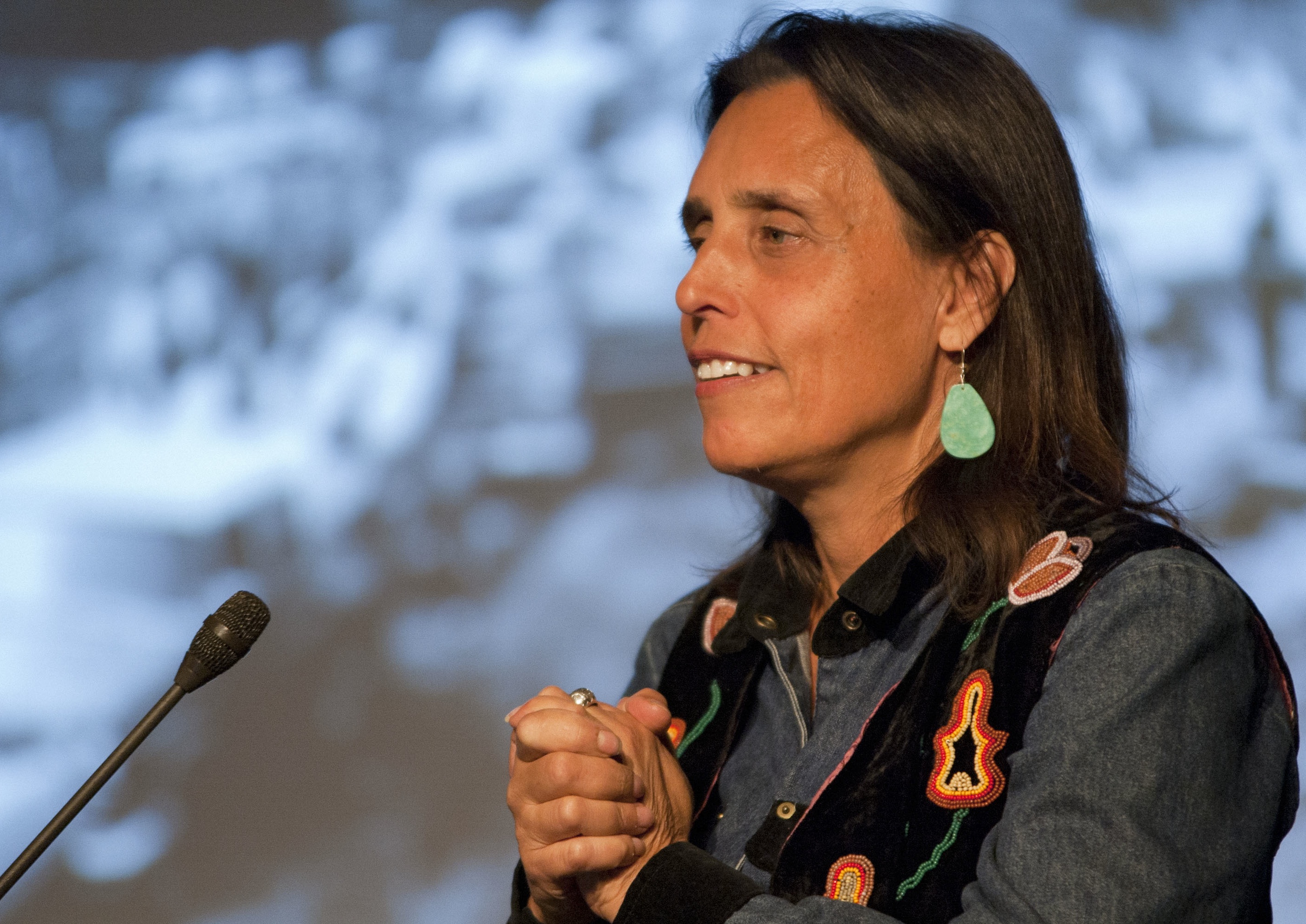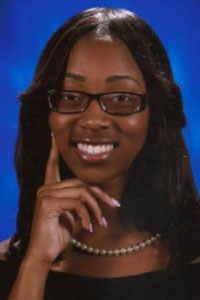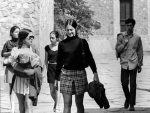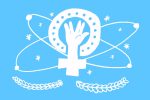If you are like me, then you have plenty of free time this summer.
As a newly declared Women’s Studies minor (possible double-major, but I’ll cross that bridge when I get there), my latest professor suggested a list of feminist utopias and dystopias. A few names looked familiar, such as Toni Morrison, Alice Walker and Charlotte Perkins Gilman (thanks to “Herland” being a required text for this spring), but, other names, such as Winona LaDuke, Octavia Butler and Maxine Hong Kingston, couldn’t have sounded more unfamiliar to me if they had written about quantum physics.
After doing my research though, I’ve compiled the perfect list of feminist books for you to spend your summer with. So whether you plan on sitting by the pool and relaxing for hours, or just cramming in twenty pages during your shift break, whatever you have planned this summer, take some time to read these four feminist anthems.
1. “Herland” by Charlotte Perkins Gilman
Charlotte Perkins Gilman wrote her feminist utopian novel in 1915, but the work was not published until 1979. Gilman was a feminist based on her literature, fiction and theory, which focused on the female role in society and within her home. She believed men and women should equally share housework, and females should be encouraged to be independent at a young age. Gilman’s ideologies seeped into the writing of “Herland,” which included themes of gender roles, motherhood and individuality.
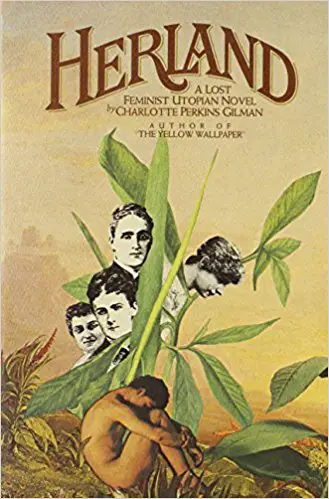
Within the novel, the three main male characters engage with an all-female society in a forest, where there is no contact with the outside world, yet they live well, advanced as a community largely by their high prioritization of youth education. The way the women of Herland depict motherhood is empowering and intriguing. They don’t dwell on not having men; they simply adapt to their society and make use of each other’s strengths, all of which help provide for the well-being of the group.
Even when the men arrive in Herland, the women make no move to embrace the American barefoot and pregnant propaganda. Instead, the women educate the men on their way of life and integrate the main characters into their lifestyle. The women refrain from judging the misogynistic men too harshly (especially Terry), and they patiently show the men how they survive in their all-female world. As you read, you will certainly get Wonder Woman vibes, since she too lived on an Amazonian island named Themyscira. “Herland” provides interesting perspectives on one version of a female utopia, and the male characters, especially Terry, are so ridiculously misogynist that all you can do is laugh and shake your heads.
2. “Woman on the Edge of Time” by Marge Piercy
“Woman on the Edge of Time” was first published in 1976, and is considered a classic of utopian speculative science fiction, as well as a feminist classic. The author, Marge Piercy, was a powerful feminist voice during the social and political movements of the 1960’s and 1970’s, such as the New Left and Students for a Democratic Society. Nonetheless, the 1976 novel is not a feminist utopia. Instead, the novel focuses on enhancing ideals from the women’s movement. The novel also explores perspectives of LGBTQ+ individuals, mental illness and gender roles and identity.
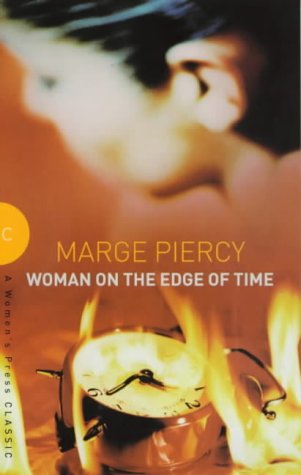
The main character communicates with a possible figment of her imagination, named Luciente, who is from a future utopia, and shows various aspects of her world, Mattapoisett. In Mattapoisett, a gay man named Skip juxtaposes the friend of the main character, Connie, only in the “future,” society embraces Skip regardless of sexual orientation. Also, gender pronouns do not exist. So, there is no “she” or “he,” just “per” for person. Interestingly, it is hard to imagine a genderless America. Even though people are more aware of correct pronoun usage nowadays, eliminating gendered pronouns altogether would completely debunk a lot of stereotypes, and society would not allow something so drastic to happen.
Finally, the most profound leap the novel makes is about parenting. In “Woman on the Edge of Time,” females and males share parenting responsibilities when it comes to breast-feeding. With technological advances in the “future,” men can breast feed their children, which makes you think that maybe parents should be seen as more equal in America. Although men cannot breastfeed (just yet), men are not central in parenting. America always equates parenting with motherhood, but men should begin to connect more to parenting responsibilities in the public sphere.
3. “The Red Tent” by Anita Diamant
Anita Diamant began her writing career in 1975 as a freelance journalist. Later, she went on to write books, non-fiction at first and then, with the debut of “The Red Tent” in 1997, fiction. Although “The Red Tent” is not a strong feminist piece, it is from an unexpected female perspective that allows the reader to view aspects of female life in biblical times.
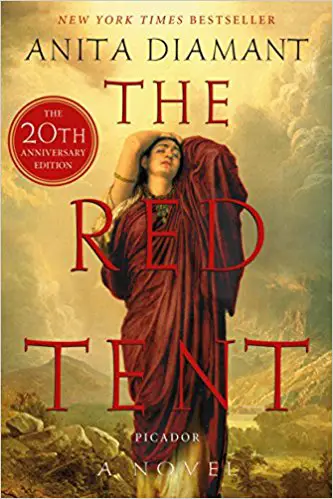
In the novel, Dinah, daughter of Jacob and sister of Joseph, shows the reader how women interacted in the “red tent.” Even though it is not proven that the red tent existed, Diamant provides a glimpse into the area where females would go to menstruate and gossip amongst other ladies. It is almost like women in beauty shops today, where they are in their own sphere away from all male interaction.
The novel celebrates motherhood and acknowledges female life in an interesting way. I would not expect a book to create a story from a minor biblical character, as well as a “tent” where women go to have their menstruation and gossip about domestic life. Also, women go to the red tent to give birth, so Dinah’s story is more about women in general and the interesting idea of the life cycle; it’s fascinating how one place holds both so much history and so much possibility for the future.
The plot seems intriguing because of how different it is, and I believe it could provide some perspective on an old, well-known family, because most people, religion aside, have heard of Joseph at least. But, no one really remembers Dinah, so it would be something completely new to read.
4. “Last Standing Woman” by Winona LaDuke
Winona LaDuke has received multiple awards for her wonderful political and social activism, including an Ann Bancroft Award for Women’s Leadership Fellowship; in 2007, she was inducted into the National Women’s Hall of Fame. Her fiction novel, “Last Standing Woman,” views life over seven generations of a specific indigenous group. The female voice throughout the novel is strong and shows life in all its imperfections, including battles with alcoholism and abuse all while trying to regain their land.
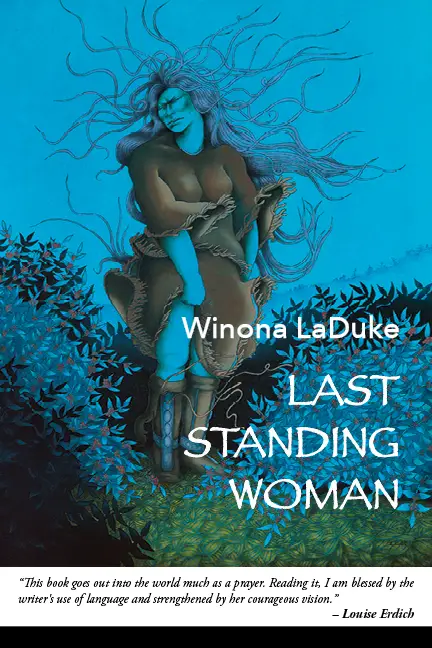
The novel looks into the lives of the Ojibwa people from the perspective of several generations. The story shows the relationship between native people, their neighbors and the United States government. The women are as real as if the entire novel is non-fiction. LaDuke writes in a way that allows the reader to see the relevance of historical events to today. The women are strong and stand just as tall for their land as men. The focal point is similar to recent events surrounding Standing Rock protests.


